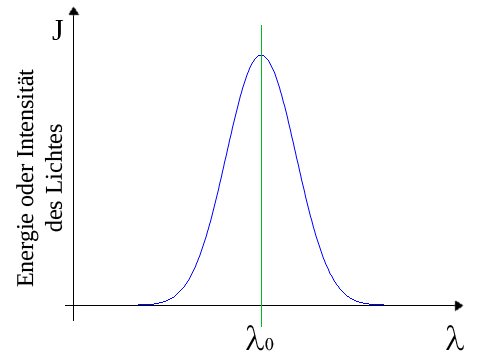Is the Redshift of Light of Remote Stellar Systems Fully Understood?
Introduction:
Once a mathematically correct description of a natural phenomenon has been found, we usually don't think any longer about this plausible and trivial matter. If, on the other side, the same effect is caused by quite a different process, one tends to recur to the well-established and commonly approved explanation, because the unknown (possibly hidden) relationship is overlaid by the well-known explanation. Apparently there is no reason to rethink the problem. As a consequence, the unknown effect will not be noticed and all observations will be attributed to the known physical origin, the interpretation of which inevitably gives rise to false interpretations.
This becomes particularly complicated, when the two effects occur simultaneously and cannot be clearly distinguished from each other by measurement. Thus, providing a distinction between two competing descriptions as in the case above will certainly cause quite a stir.
Topic:
Let us have a closer look at the redshift of spectra of remote stellar systems, that is usually attributed to the Doppler effect. Further let us claim, that there be a hitherto unnoticed second explanation. The Doppler effect - according to the difference of the speed of light between sender and receiver - causes the wavelength of light to change: redshift or blueshift. However, there exists still another physical mechanism, that causes only redshifts of spectra. This is called “optical noise” and will be described as follows: Let us examine one single photon traversing the outer space. This photon is an electromagnetic wave, has a wavelength λ0 and moves as an energy packet with energy E.
h : Planck constant ν0 : Frequency of light c : Speed of light λ0 : Wavelength of the wave

This photon must be a wave of finite length, for otherwise a measurement would be impossible, i.e. a wavetrain of infinite length carries no energy. On the other hand, the infinite length of the wavetrain would imply, that the photon cannot be strictly monochromatic, because a strictly monochromatic wavetrain corresponds the abovementioned wavetrain of infinite length with zero energy. This in turn means, that there must exist energy portions in close vicinity of the measurement wavelength λ0, as shown in Fig. 1.
However, it is not necessary, to know the exact intensity as a function of λ. The point is, that the photon must contain a (very narrow) wavelength band:
J(λ) : Intensity of lightwave as a function of λ h : Planck constant c : Speed of light λ0 : Wavelength of the wave
The photon itself on its long way passes a huge number of, for example, hydrogen atoms, because, as is well-known, the outer space is not empty. The wave interacts with each of these atoms and undergoes a slight retardation, because the speed of light in the medium hydrogen is a bit smaller than in vacuum.
This interaction varies for all the intensities as a function of λ, for each wave experiences the inhomogeneity (as a result of its wavelength) in a different way.
Obviously, this will happen not only with the interaction with hydrogen atoms exemplified above, but every time single atoms or ions are traversed. While being extraordinarily small, this effect should become measurable due to the huge number of interactions. On the one hand we anticipate a sharp criticism of the kind: “Anyway, nobody will be able to prove this hairsplitting!”
On the other hand we may claim: The above assertions may indeed be verified, if we acknowledge, that the energy of a blurred photon remains constant. This is because the wavelength shift is associated with a broadening of the spectral intensity curve, i.e. a higher bandwidth.
This in turn means, that the “blurred” photons have maintained their original energy.
Obviously, the photoelectric effect lends itself for a measurable verification of this phenomenon. The blurred photons should show a photoelectric effect that corresponds their originally emitted energy.
Maybe there will be an institution to verify this phenomenon?